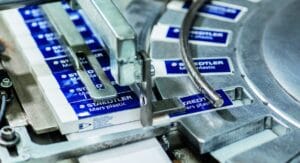
A contract with a handshake is valid
Managing director Tina Gerfer of Wilhelm Rasch Spezielmaschinenfabrik has modernized the company and successfully guided it through difficult times.

SEA Vision introduces a new system for product quality in the cosmetics industry that uses Artificial Intelligence. The system self-learns and uses semantic segmentation to identify flaws in lipsticks.
Artificial Intelligence sets out to remedy a large proportion of potential defects in production and the packaging process. The SEA Vision Group system (under development by a joint team from SEA Vision Group and ARGO Vision) uses the semantic segmentation of the areas of the lipstick (e.g. body, tip, neck, mechanism, etc.) to identify every possible flaw pixel by pixel. This is achieved by classifying areas by categories, each of which is assigned a name or “label”. Each part or area of the image is classified by categories and identified by a colour on the screen to provide the operator with immediate information about the areas being inspected.
The system self-learns how to discern an ever-increasing variety of more and more complex defects, item-by-item. Self-learning takes place both on the basis of proprietary datasets – a mix of real and synthetic images generated with the most advanced data augmentation and neural generation techniques – and by combining the different models and parameters learnt over time.
These deep learning-based semantic segmentation techniques, now the de facto standard in the Artificial Intelligence field, greatly accelerate the development of capabilities for the analysis of objects. In other words, the ever-expanding range of scenarios the system can consider enables the system itself to evolve and become more and more precise.
The learning process defines the quality control algorithms and continually evolves to generate new versions of constantly increasing sophistication and autonomy. In this specific issue, the final goal is to generalise the “concept” of lipstick, making the algorithms more and more specialised in quality control regardless of the product’s possible shape, colour and texture (e.g.: satin, transparent, matt, pearl, glitter, etc.).
“The outstanding feature of this innovation, differentiating it from conventional vision systems, which can only detect defects in images through comparison with models already known at the outset, is the system’s ability to learn from past examples and thus autonomously increase its analysis capability, which is more or less what we humans do when we learn from experience.”
Alessandro Ferrari, CEO of ARGO Vision
All in all, pre-neural technologies proved incapable of identifying, with precision, a whole series of defects and flaws which may arise during lipstick quality control. Today, thanks to AI, it is possible to deliver an even higher quality final product, by preventing imperfections that may affect a user’s perception of a specific brand.
Source: SEA Vision

Managing director Tina Gerfer of Wilhelm Rasch Spezielmaschinenfabrik has modernized the company and successfully guided it through difficult times.
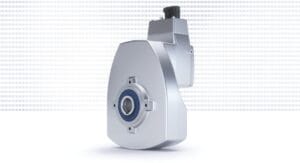
From primary packaging to final packaging, electric drives play an important role. With a broad portfolio, Nord Drivesystems supports customers.
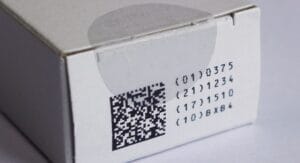
Labels offer many functions which can get lost due to label removal. PTS assesses labels and cardboard for durability and tamper evidence.
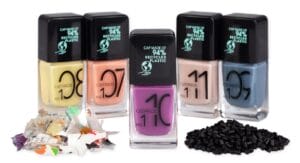
Packaging for decorative cosmetics is very special. The Forum Rezyklat calls for the recyclability of packaging to be taken into account when designing it.
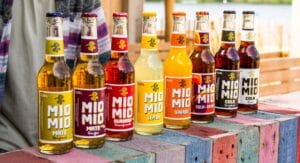
According to a survey conducted by Aktionsforum Glasverpackung 2024 is set to be a highly innovative year for glass packaging.

Sustainability is part of Weleda’s identity. IWK is also contributing to this with its new flexible packaging line for many natural cosmetic products.
